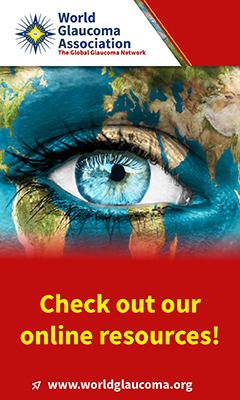advertisement

Abstract #124418 Published in IGR 25-1
Boston Type II Keratoprosthesis, 7 Years of Experience and Outcomes From a Spanish Tertiary Eye Care Hospital
Orive Bañuelos A; Sacristán Egüén C; Arce Soto A; Santamaría Carro A; Feijóo Lera R; Andollo Victoriano N; Etxebarria Ecenarro JAmerican Journal of Ophthalmology 2025; 269: 327-338
PURPOSE: To report midterm outcomes of Boston Keratoprosthesis type II at a reference center in Spain. DESIGN: Retrospective case series. METHODS: This observational study included medical records of 9 patients who underwent Boston Keratoprosthesis type II surgery at Cruces University Hospital from May 2016 through May 2023. A total of 9 eyes received this device during the study period. One patient who had undergone a modification of the standard procedure was excluded. Preoperative and postoperative parameters were studied. The main outcomes analyzed were visual acuity, device retention, and complications and their management. RESULTS: The most common indication for implantation was severe Sjögren syndrome (33.3%) followed by graft-versus-host disease (22.2%). The mean follow-up was 3.89 years (±2.08). Visual acuity improved to better than or equal to 20/40 in 8 eyes (88.8%) and 20/25 in 6 eyes (66.6%), while best-corrected visual acuity of 20/20 was achieved in 4 eyes (44.4%). At the last visit, maximum visual acuity was maintained in 4 patients. The most common postoperative complication was retroprosthetic membrane formation (77.7%). New-onset glaucoma was detected in 4 patients (44.4%). Device extrusion occurred in 1 eye and 2 more patients required replacement surgery. All but 1 of the patients are on postoperative treatment with systemic immunosuppressants. CONCLUSIONS: The Boston type II Keratoprosthesis is a useful option for visual rehabilitation in end-stage ocular surface diseases. Multidisciplinary management of complications is of vital importance for the maintenance of vision and the device. Immunosuppressive treatment helps control the inflammation that leads to most associated complications.
From the Department of Ophthalmology (A.O.B., C.S.E., A.S.C., R.F.L., N.A.V., J.E.E.), BioCruces Bizkaia Health Research Institute, University Hospital of Cruces, Barakaldo, Spain. Electronic address: orive.a@hotmail.com.
Full article